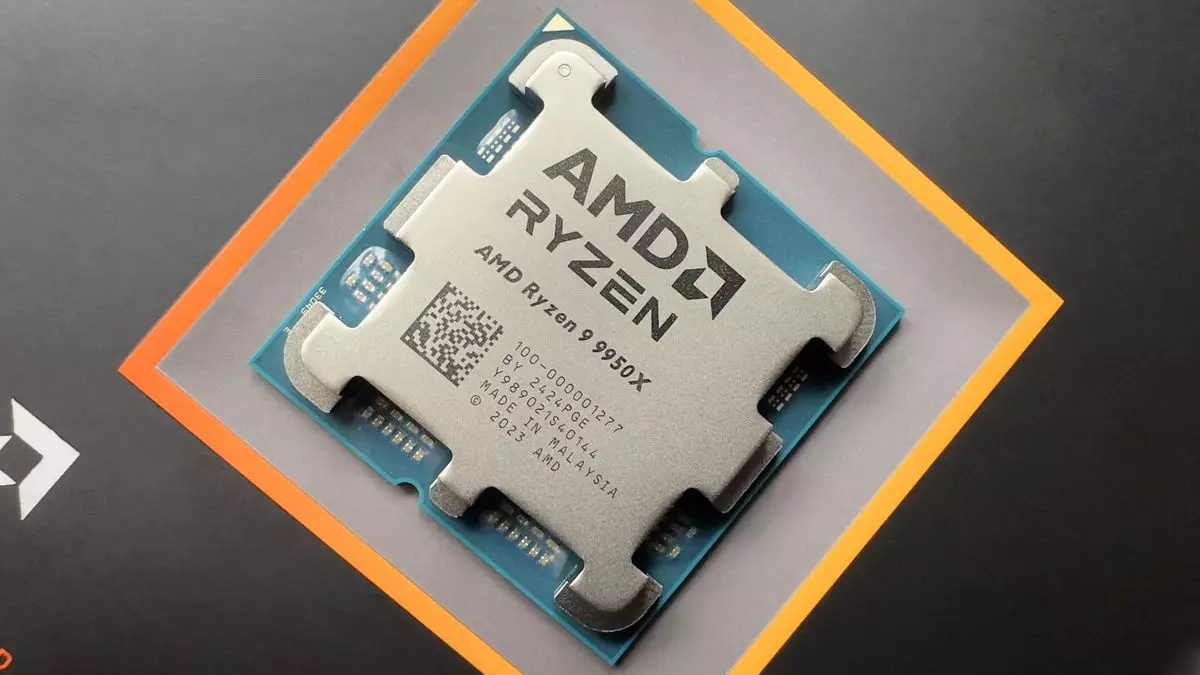AMD’s latest 9000-series CPUs have left many consumers feeling underwhelmed. Despite the higher price tag, the performance of these chips has only shown marginal improvements over the previous generation. In an attempt to explain the lackluster gaming performance of the Zen 5 processors, AMD released a blog post detailing the reasons behind the discrepancies between its internal testing and the data provided by independent reviewers.
One of the most bizarre revelations from AMD’s explanation is the fact that their automated test methodology was run in ‘Admin’ mode. This mode, which gives elevated privileges akin to a hidden Administrator account, produced results that reflected branch prediction code optimizations not present in the version of Windows commonly used by reviewers. This decision to test exclusively in ‘Admin’ mode raises several red flags and leaves us questioning the validity of the results obtained under such unusual circumstances.
The use of the hidden Administrator account during testing has led to concerns about the true gaming performance of AMD’s new CPUs. While the company initially claimed a significant improvement over the Ryzen 7000 series, the revised testing now shows only a minor 5-8% uplift in gaming performance. This significant discrepancy underscores the importance of transparency in testing procedures and raises doubts about the accuracy of AMD’s initial performance claims.
One of the most glaring criticisms of AMD’s testing methodology is the lack of practicality. Running tests in a hidden Administrator account is not reflective of how the vast majority of users will experience gaming performance on these CPUs. This questionable decision to optimize performance in a specific, unrealistic environment calls into question the integrity of AMD’s testing procedures and the validity of the results obtained.
AMD’s decision to change its testing methods and provide a more realistic assessment of gaming performance is a step in the right direction. By acknowledging the limitations of their initial tests and taking steps to rectify the situation, AMD is demonstrating a commitment to providing accurate and transparent information to consumers. The upcoming release of optimized branch prediction code for Windows 11 also offers hope for improved performance, albeit with modest gains of 2-3%.
AMD’s controversial testing methods have raised significant doubts about the validity of their initial performance claims for the 9000-series CPUs. Moving forward, it is essential for AMD to prioritize realistic testing environments that accurately reflect how the majority of users will experience gaming performance on their hardware. By ensuring transparency and integrity in their testing procedures, AMD can rebuild consumer trust and deliver on the promises of their next-generation processors.

